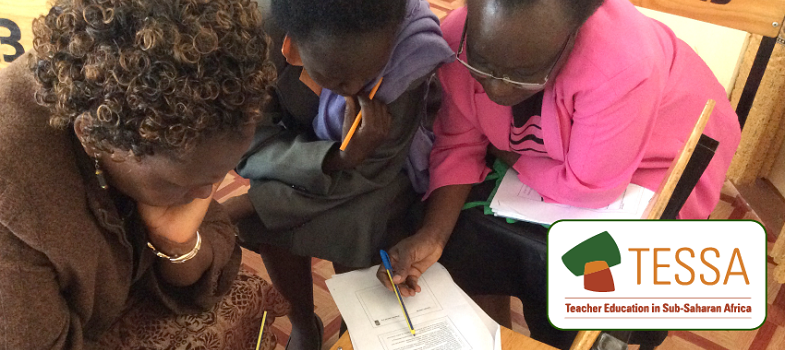1. Thinking about the location of settlements
By looking at the local environment and the physical layout of the land, it is possible to think about why a community settled in a certain place.
Great Zimbabwe provides a good example. It is important that as a social studies teacher you understand a case like this, as it gives you the skills to relate these ideas to a number of different ancient African kingdoms and to your local setting. Using fieldwork, such as actual trips to a site, allows pupils to see for themselves why one place was chosen for settlement and why some developments survived longer than others.
Most settlements are where they are because the environment provides some kind of resource, such as water or trees, and/or the site provides protection from the elements and, in earlier times, from enemies. Villages and towns are often found near a stream or wood to provide water and wood for shelter and to burn for heat and cooking. By looking closely at your school’s local environment or your pupils’ home environment, whichever is easier, you can help them to begin to understand how settlements developed.
Maps from earlier times will show how a site has changed over time (this can build on the time walk activity from Module 2, Section 1).
Case Study 1: Investigating heritage sites
Ms Sekai Chiwamdamira teaches a Grade 6 class at a primary school in Musvingo in Zimbabwe. Her school is near the heritage site of Great Zimbabwe. She knows that many of her pupils pass by this magnificent site of stone-walled enclosures on their way to school. But she wonders whether they know why it is there. Sekai wants to help her pupils realise that the landscape and its natural resources played an important part in people’s decision to settle in Great Zimbabwe.
She begins her lesson by explaining how Great Zimbabwe was a powerful African kingdom that existed between 1300 and 1450 (see Resource 1: Great Zimbabwe). She asks the pupils to consider why the rulers of this kingdom chose to settle in the Zimbabwe Plateau rather than anywhere else in Africa. A map is her key resource for this discussion (see Resource 2: Pictorial map of Great Zimbabwe). One by one, she points out the presence of gold, ivory, tsetse fly, water supply and access to trade routes on the map; she asks her pupils to suggest how each of these led people to establish the settlement where they did. As her pupils suggest answers, Sekai draws a mind map on the board (see Key Resource: Using mind maps and brainstorming to explore ideas [Tip: hold Ctrl and click a link to open it in a new tab. (Hide tip)] ).
Sekai is pleased at the level of discussion and thinking that has taken place.
Activity 1: Using a map to gain information about Great Zimbabwe
Before the lesson, copy the map and questions from Resource 2 onto the chalkboard or have copies ready for each group.
- First, explain what a key represents on a map. Then divide the class into groups and ask each group to analyse the key relating to the map of Great Zimbabwe. Agree what each item on the key represents.
- Ask your pupils why they think the people first settled here. You could use the questions in Resource 2 to help them start their discussion.
- As they work, go around the groups and support where necessary by asking helpful questions.
- After 15 minutes, ask each group to list their ideas.
- Next, ask them to rank their ideas in order of importance.
- Write down their ideas on the chalkboard.
- Finally, ask pupils to vote on which they think are the three most important factors.
- With younger children, you could look at local features and ask them to think why people settled here.
Section 3 : Using different forms of evidence in history



